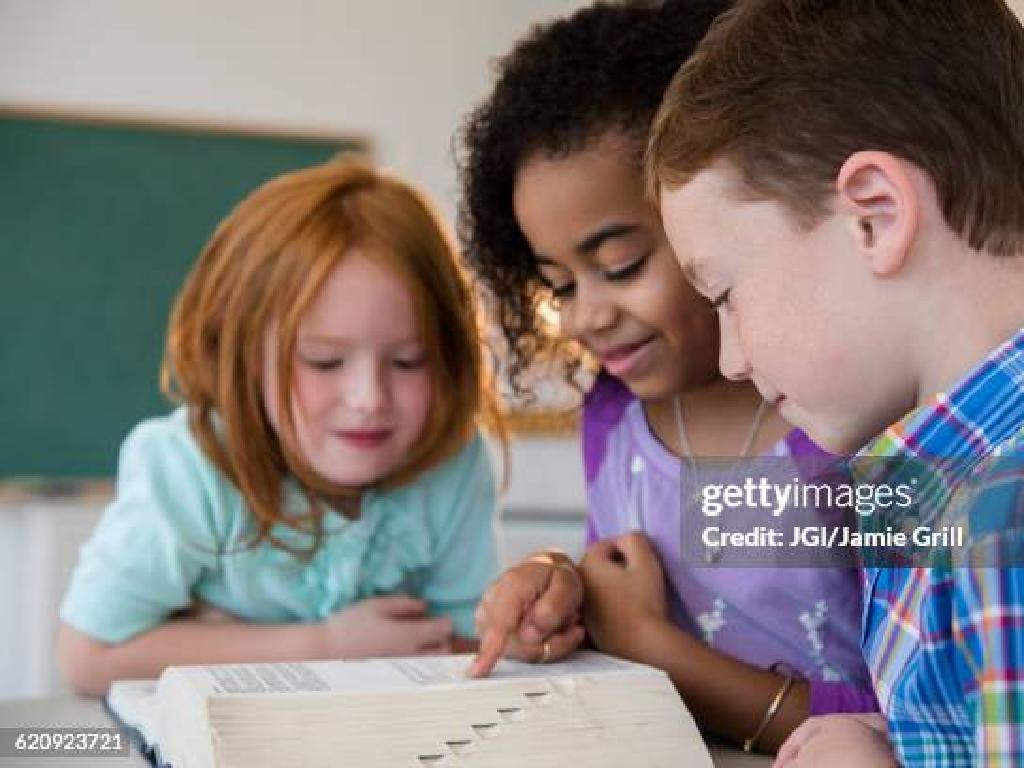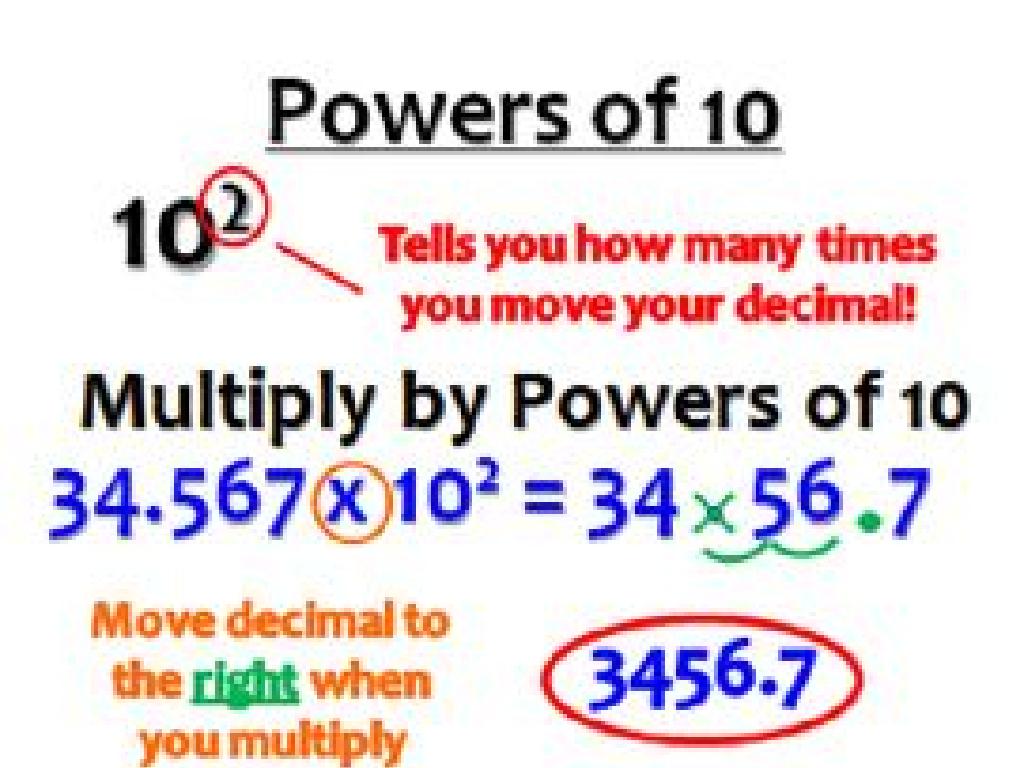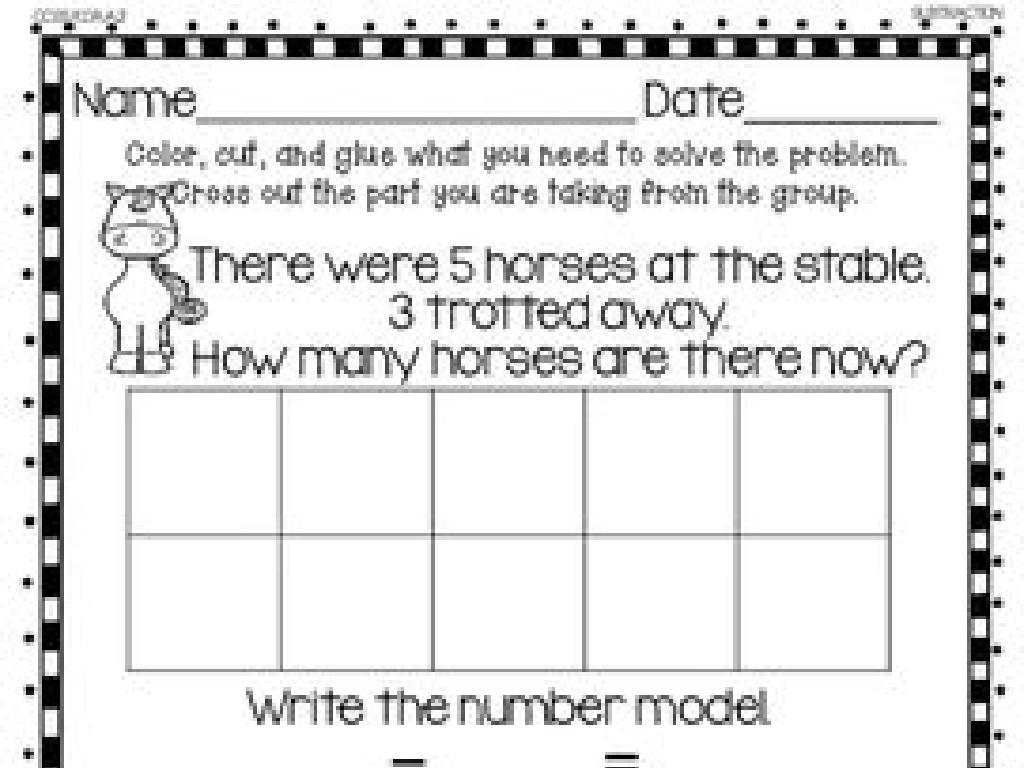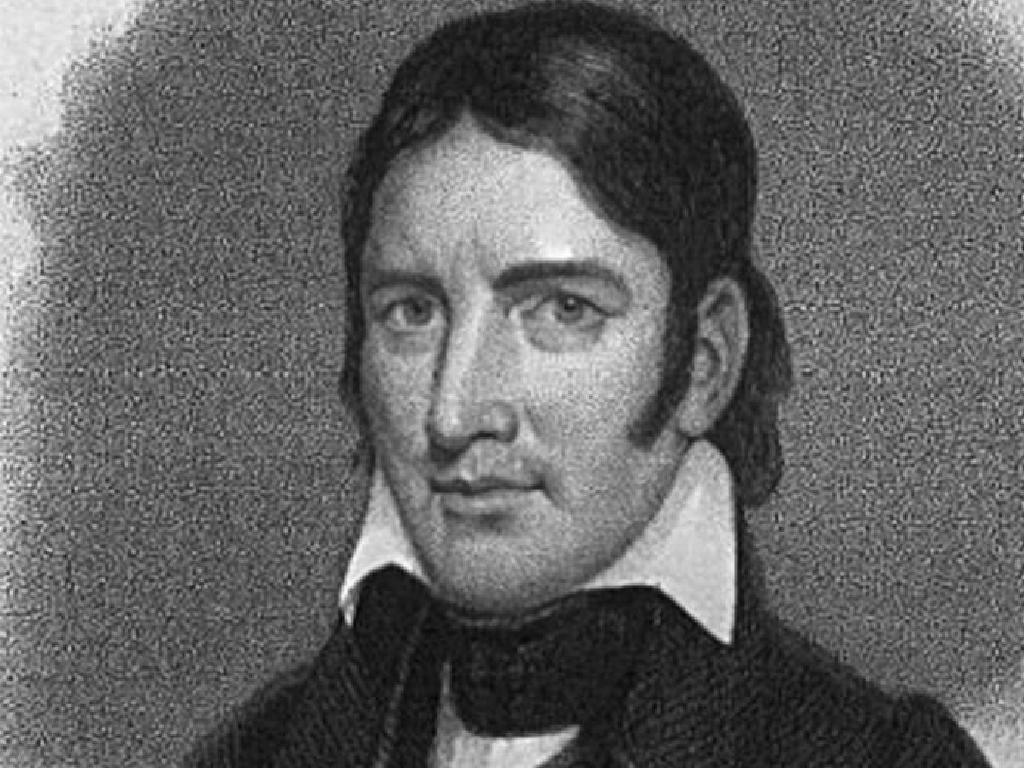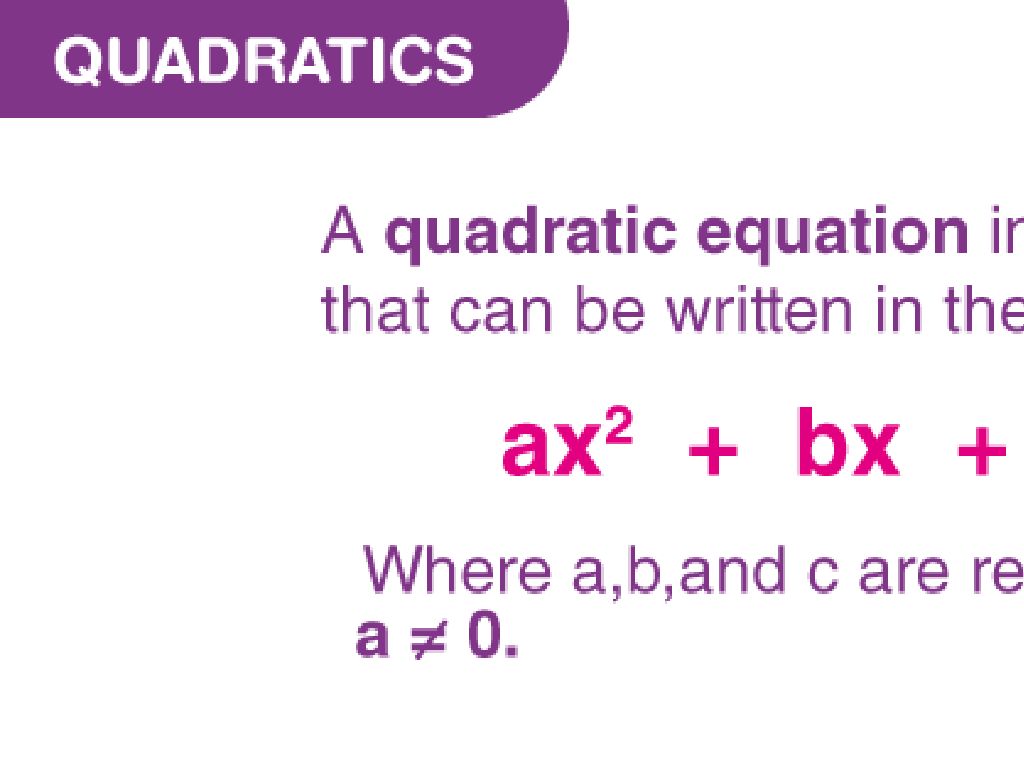Identify Facts And Opinions
Subject: Social studies
Grade: Seventh grade
Topic: Social Studies Skills
Please LOG IN to download the presentation. Access is available to registered users only.
View More Content
Facts vs. Opinions in Social Studies
– Define facts and opinions
– Fact: statement that can be proven. Opinion: belief or view about something.
– Importance in history and events
– Helps in critical analysis of historical events and news.
– Differentiating facts from opinions
– Use evidence to distinguish factual statements from personal beliefs.
– Examples in social studies context
– Fact: ‘The Declaration of Independence was signed in 1776.’ Opinion: ‘The best president was George Washington.’
|
This slide introduces students to the concepts of facts and opinions, which are foundational for critical thinking in social studies. Understanding the difference is crucial for analyzing historical events and current news. Facts are verifiable statements, while opinions are personal beliefs. It’s important for students to learn how to identify and differentiate between the two to form well-founded understandings of social studies topics. Provide examples from history and current events to illustrate the difference. Encourage students to practice by identifying facts and opinions in articles or textbooks.
Distinguishing Facts in Social Studies
– Define a fact
– A statement that can be proven true or false
– Characteristics of facts
– Facts are objective, verifiable, and unbiased
– Verifying facts
– Check the source, look for evidence, cross-reference
– Facts in social studies
– Historical dates, geographical data, demographic statistics
|
This slide aims to help students understand what constitutes a fact and how it differs from an opinion, especially within the context of social studies. A fact is a statement that can be proven to be true or false through evidence. It’s important to convey that facts are objective and not influenced by personal feelings or interpretations. Teach students to verify facts by checking reliable sources, looking for supporting evidence, and cross-referencing information. Provide examples of facts in social studies, such as historical events with specific dates, accurate geographical information, and demographic statistics. Encourage critical thinking by discussing how facts can be used to support opinions and arguments in social studies.
Understanding Opinions in Social Studies
– Define an opinion
– A personal belief or judgment, not based on fact or knowledge.
– Traits of opinion statements
– Opinions are subjective, can vary, and are often based on feelings.
– Informed vs. uninformed opinions
– Informed opinions are backed by knowledge and research; uninformed are not.
– Opinion examples in social contexts
– ‘Democracy is the best form of government’ is an opinion in social studies.
|
This slide aims to help students distinguish between facts and opinions, which is a critical skill in social studies. An opinion is a personal belief or judgment that can be influenced by an individual’s values, feelings, or perspectives. It’s important to note that opinions, while valid, are not objective truths. Students should learn to recognize the characteristics of opinion statements, such as the use of subjective language and the absence of evidence. Additionally, distinguishing between informed and uninformed opinions is crucial, as the former are based on evidence and logical reasoning, while the latter may stem from personal bias or misinformation. Examples from social studies can include statements about government, culture, or historical interpretations. Encourage students to think critically about the opinions they encounter and to form their own informed opinions through research and reflection.
Comparing Facts and Opinions
– Understand facts vs. opinions
– Facts are verifiable truths; opinions are personal beliefs.
– Context influences statements
– The same statement can be a fact or opinion, depending on the situation and information presented.
– Activity: Fact or Opinion?
– Review statements and decide if they are facts or opinions based on context clues.
|
This slide aims to help students differentiate between facts and opinions, which is a crucial skill in social studies. Begin by explaining that facts can be proven true or false, while opinions are based on personal feelings and beliefs. Emphasize how context can change the nature of a statement, and that some statements might seem factual but are actually opinions because they cannot be verified. The class activity involves reviewing various statements and using context clues to determine whether they are facts or opinions. For the activity, provide a diverse set of statements related to social studies topics. Encourage students to justify their reasoning, fostering critical thinking. Possible variations of the activity could include group discussions, writing exercises, or creating their own fact and opinion statements.
Facts vs. Opinions in Media
– Facts and opinions in reporting
– Facts are verifiable, opinions are personal views
– Recognizing bias and perspective
– Bias can shape how information is presented
– Critical thinking in evaluation
– Assess sources for credibility and objectivity
– Importance for informed citizens
|
Understanding the distinction between facts and opinions is crucial for students as they navigate media and reporting. Facts are objective, verifiable pieces of information, while opinions are subjective and based on personal beliefs or perspectives. It’s important for students to recognize bias and perspective in sources, which can influence how information is presented and interpreted. Developing critical thinking skills is essential for evaluating the reliability and validity of information in social studies. This skill set is vital for students to become informed citizens who can engage with current events and historical contexts thoughtfully and analytically. Encourage students to question and research beyond surface-level information and to consider multiple viewpoints before forming their own opinions.
Class Activity: Fact or Opinion?
– Understand fact vs. opinion
– Group categorization task
– Work with your group to sort statements
– Discuss and decide in teams
– Use discussion to explore different viewpoints
– Present findings to class
– Share your group’s decisions and reasons
|
This activity is designed to help students differentiate between factual statements and opinions. Divide the class into small groups and provide each with a list of mixed statements. Students will collaborate to categorize each statement as a fact or an opinion. Encourage them to justify their decisions within their groups. After the group discussion, each group will present their categorized list and their justifications for each decision to the class. This will foster critical thinking and public speaking skills. Possible variations of the activity could include using current events, historical facts, or literature excerpts to provide a diverse range of statements for categorization.
Conclusion: Facts vs. Opinions
– Recap: Facts vs. Opinions
– Remember, facts are verifiable truths, while opinions are personal beliefs.
– Importance in studies and life
– Understanding the difference is crucial for analyzing historical events and media.
– Question and seek evidence
– Always ask, ‘Can this be proven?’ or ‘Is this a belief?’
– Apply this skill daily
– Practice by distinguishing facts from opinions in news articles or discussions.
|
As we wrap up, it’s essential to reiterate the importance of distinguishing facts from opinions, a skill that is vital not only in social studies but also in navigating the vast amount of information encountered daily. Encourage students to apply critical thinking and to always seek evidence before accepting statements as true. This skill will aid them in future topics like history, civics, and geography, and help them become informed and responsible citizens. Provide examples of how to question information and the importance of research and evidence in forming educated opinions. Encourage them to practice by analyzing texts and discussions, and to bring examples to class for further analysis.

